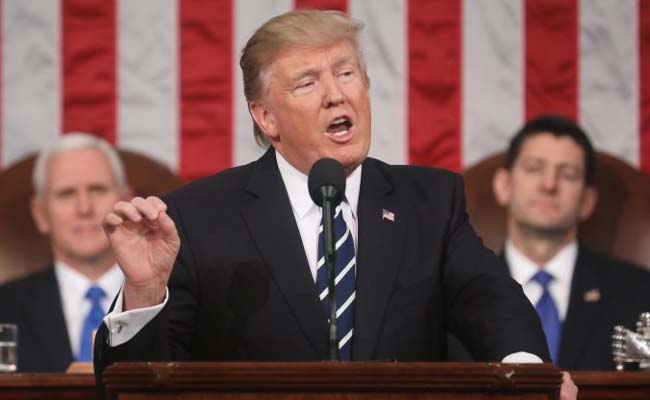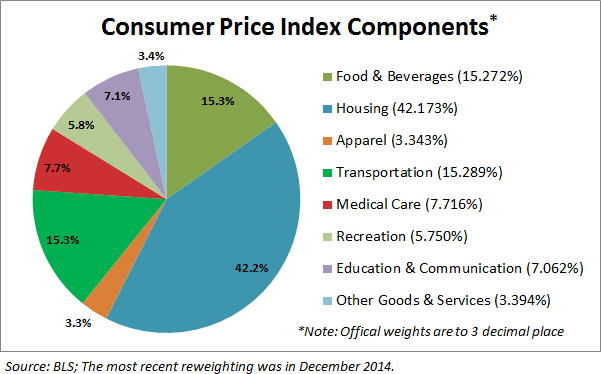Back in May we revealed that the “Mystery, And Completely Indiscriminate, Buyer Of Stocks“, obviously a key player in a time when the Fed’s own indirect monetization of stocks was fading, was none other than corporations themselves, gorging on cheap debt and using the proceeds to buy back their own stock.

A subsequent look in Q2 buybacks showed something troubling: after soaring to an all time high in Q1, stock buybacks tumbled in the second quarter to the lowest level since Q1 of 2013, perhaps also a reason why the stock market has gone very much nowhere in the past quarter.

And while we explained that the vast majority of companies are using up as much leverage as they can to fund said buybacks, with both total and net corporate debt levels having risen to new all time highs refuting misperceptions that corporate debt is actually declining…

… something even more disturbing was revealed today, when Bloomberg reported that companies in the Standard & Poor’s 500 Index, are “poised to spend $914 billion on share buybacks and dividends this year, or about 95 percent of earnings!”
And a reminder, when a company tells Goldman’s desk, for example, to buy back X shares, it almost always has no price preference, i.e., it is indiscriminate what happens to the resulting stock price because it has to fill a quota in a given time period. Needless to say, buying without regard for price tends to be strongly “bullish.”
For those who don’t grasp the implications of this staggering number, we will just say what we have said before: corporations are undergoing a slow motion LBO/MBO of the entire S&P 500, courtesy of ZIRP and in Europe, NIRP only without any concerns about resulting IRRs and leverage. Those will be some other management team’s problems.
From Bloomberg:
Money returned to stock owners exceeded profits in the first quarter and may again in the third. The proportion of cash flow used for repurchases has almost doubled over the last decade while it’s slipped for capital investments, according to Jonathan Glionna, head of U.S. equity strategy research at Barclays Plc.
Buybacks have helped fuel one of the strongest rallies of the past 50 years as stocks with the most repurchases gained more than 300 percent since March 2009. Now, with returns slowing, investors say executives risk snuffing out the bull market unless they start plowing money into their businesses.
While not news to Zero Hedge readers who have known all of this since 2012, more and more are figuring out that you can’t have growth (i.e., CapEx spending, i.e., real employment), and soaring stocks during an ongoing depressions and Fed-induces market levitation:
CEOs have increased the proportion of cash flow allocated to stock buybacks to more than 30 percent, almost double where it was in 2002, data from Barclays show. During the same period, the portion used for capital spending has fallen to about 40 percent from more than 50 percent.
The reluctance to raise capital investment has left companies with the oldest plants and equipment in almost 60 years. The average age of fixed assets reached 22 years in 2013, the highest level since 1956, according to annual data compiled by the Commerce Department.
But who needs capex when you have financial engineering.
That said, some are finally wondering if financial engineering, which as we showed over the weekend, has become the primary source of global “investment”, eclipsing such barbaric relics as trade…

… may have gone too far:
“You can only go so far with financial engineering before you actually have to have a business with real growth,” Chris Bouffard, chief investment officer who oversees $9 billion at Mutual Fund Store in Overland Park, Kansas, said by phone on Oct. 2. “Companies have done about all that they can in terms of maximizing the ability to do those buybacks.”
Bzzz, wrong: you can alwaysdo more financial engineering just ask Goldman Sachs. Case in point, the spin offs of PayPal first and today, Hewlett-Packard, both following the sage advise of Goldman Sachs to maximize “shareholder value”, if not jobs, as per today’s announcement that another 5,000 HPQ workers will get the boot.
Others clearly see this and are urging management teams to do even more:
While the ratio to earnings shows how buybacks and dividends compare to past economic expansions, it doesn’t indicate companies are struggling to fund them. Five years of profit growth have left S&P 500 constituents with $3.59 trillion in cash and marketable securities and they’ve raised almost $1.28 trillion in 2014 through bond sales, headed for a record.
“Buybacks are something corporations can take control of and at low borrowing costs, they’re a viable option,”Randy Bateman, chief investment officer of Huntington Asset Advisors, which manages about $2.8 billion, said by phone on Oct. 1. At the same time, he said, “If management can’t unearth future opportunities for growth, as a shareholder, I lose confidence.
The bottom line: “S&P 500 companies will spend $565 billion on repurchases this year and raise dividends by 12 percent to $349 billion, based on estimates by Howard Silverblatt, an index analyst at S&P. Profits would reach $964 billion should the 8 percent growth forecast by analysts tracked by Bloomberg come true.”
Or, said otherwise, all US corporate retained earnings are now fully unretained, and go straight to shareholders, leaving increasingly less, and in many cases nothing, to fund top line growth (and even maintenance), and with that, the economy. Just in case anyone needed something else to counter Obama’s wild propaganda that things are getting better of course…







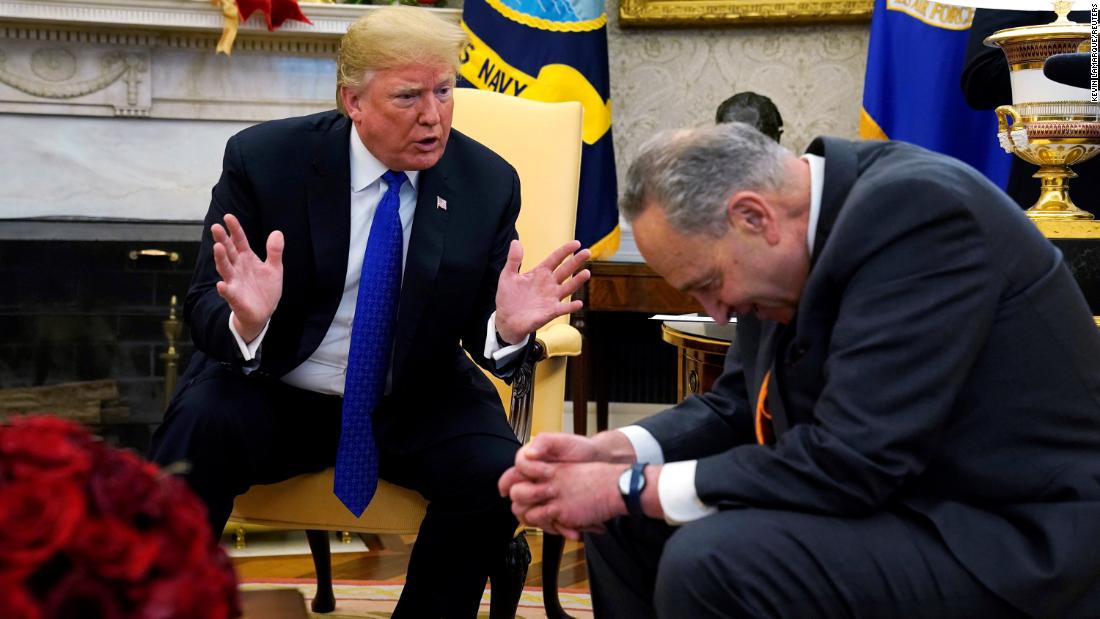
/https://public-media.smithsonianmag.com/filer/4f/9b/4f9bad96-304a-4451-85a7-c9fa56f4cc53/screen_shot_2017-10-04_at_54310_pm.png)
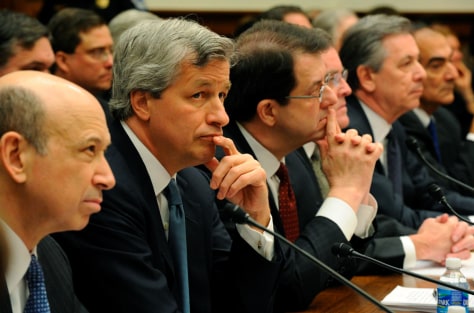
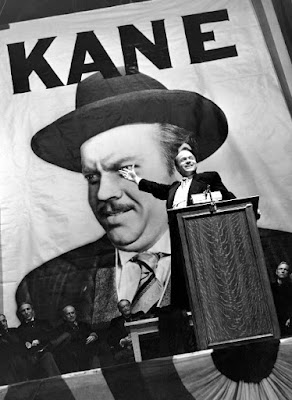
 Chart by Steve St. Angelo at www.srsroccoreport.com
Chart by Steve St. Angelo at www.srsroccoreport.com